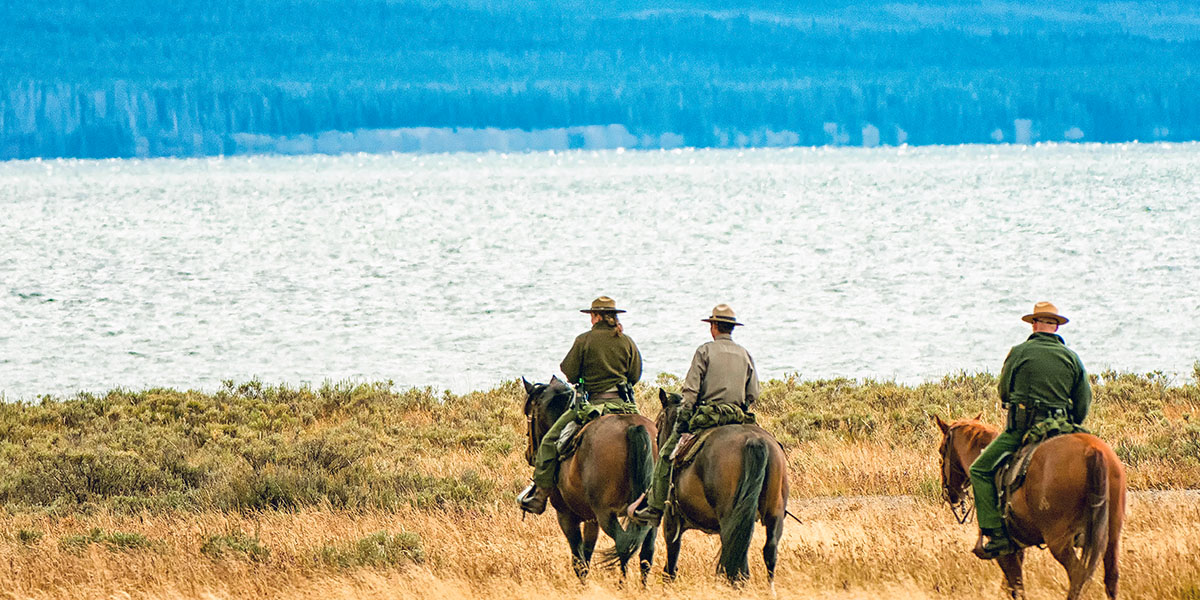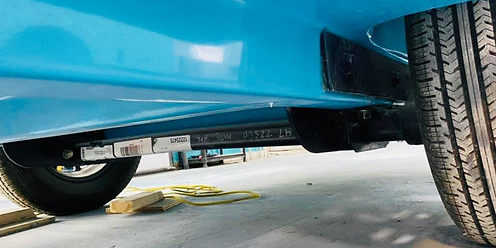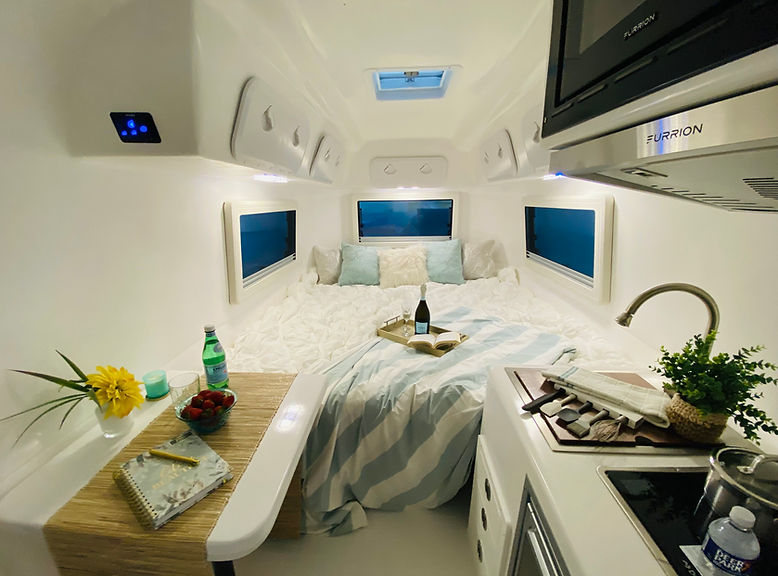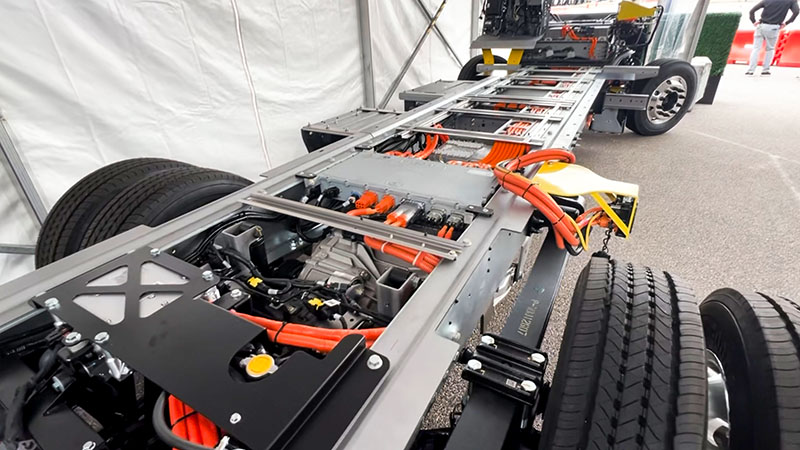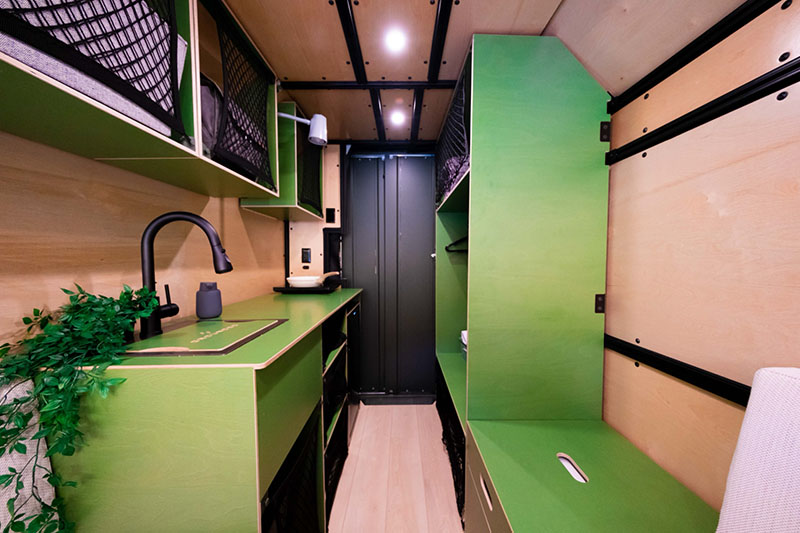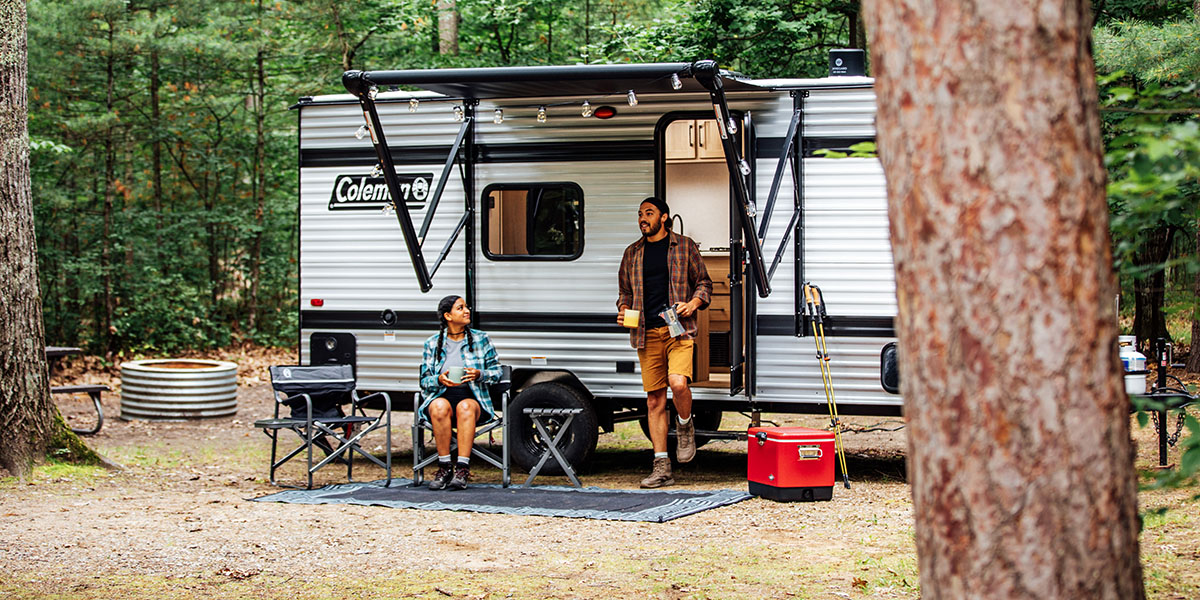With a name like “One, Big, Beautiful Bill,” the recent act, passed by the United States House of Representatives on May 22, 2025, comes with an air of all-inclusiveness. Among the many items in the proposed new law, there is a section in the One Big Beautiful Bill (OBBB) that could prove profitable for prospective RV buyers financing a purchase between January 1, 2025, and December 31, 2028. Included in that section is a $10,000 tax deduction on loan interest for eligible RV buyers.
Currently, the bill is subject to the reconciliation process. That means that it may undergo change in the U.S. Senate before it is potentially passed and signed into law by the President.
How likely is the One Big Beautiful Bill to pass the Senate vote is yet to be seen. However, here is some key context around the bill — and what an RV buyer needs to know about eligibility for a $10,000 tax deduction on loan interest.
What Is “One Big Beautiful Bill?”
Donald Trump’s second term as president has been of interest for many industries, including the RV world. The administration’s tariff overhaul strategy has already had an impact on shipments and supply. Now, Trump’s penultimate congressional work, the One Big Beautiful Bill, is coming to the legislative floor. The act covers a wide variety of topics — from eliminating taxes on Social Security income, adding restrictions and requirements for Medicaid, and much more. However, the topic most directly relative to RV buyers looks to give RV sales a boost by offering a tax deduction.
What the Bill Says About Tax Deduction on an RV Sale
The bill, as written in Section 110104 and passed in the House of Representatives, would allow Americans to deduct interest on car loans for U.S.-made cars and recreation vehicles. Specifically, the bill reads:
Sec. 110104. No tax on car loan interest.
Current Law: Not applicable.
Provision: This provision creates an above-the-line deduction of up to $10,000 for qualified passenger vehicle loan interest during a given taxable year. The deduction phases out starting when the taxpayer’s modified adjusted gross income exceeds $100,000 ($200,000 in the case of a joint return).
For purposes of the deduction, an applicable passenger vehicle of which interest can be deducted is (1) manufactured primarily for use on public streets, roads, and highways; (2) which has at least two wheels; (3) which is a car, minivan, van, sport utility vehicle, pickup truck, or motorcycle; and (4) the final assembly of which occurs in the U.S. For the purposes of the deduction, an applicable passenger vehicle also includes all-terrain vehicles and recreational vehicles which the final assembly of which occurs in the U.S. The deduction is allowed from tax years 2025 through 2028.
Breaking the Legislative Lingo Down
For readers who may not read a lot of legislation (admittedly most of us), we’ll break that down.
Who does it apply to?
Single-income households making up to $100,000 annually, or $200,000 for couples who file jointly, are eligible for a $10,000 tax deduction. (Many RV buyers fit perfectly into this window.)
What is the benefit?
Eligible RV buyers may deduct up to $10,000 of loan interest each year, which could potentially save buyers hundreds or thousands of dollars per year. That means, come tax season, these buyers would not pay taxes on up to $10,000 of loan interest.
**Note: Since this benefit only applies to loan interest, it would not apply to RV buyers who pay all cash up front. So, potential RV buyers might want to consider using a loan for at least part of your payment plan to access this benefit, if it passes as written.
When would it apply?
The deduction applies to RV buyers who finance their January 1, 2025 and December 31, 2028.
Where does the RV need to be made?
To be eligible, the RV’s final assembly must be made in America. This is intended to boost domestic manufacturing, as well as grow jobs and the economy.
Status of One Big Beautiful Bill and RV Buyer Hopes
An exciting aspect about this provision is that it could significantly grow the number of RV buyers who receive tax benefits from an RV purchase. The legislation provides them with a considerable advantage. If passed in its current form, we anticipate these changes making RV ownership more attainable. RVs are a staple in American culture. They allow buyers to travel, explore our country, and support the economy coast-to-coast.
New Versions May Limit Eligibility to Specific RV Types
Although the language in OBBB as passed by the House of Representatives is inclusive to all RV types, that may not be the case in the Senate. There, the latest version of the bill limits eligible RVs to just Class B and some Class C motorhomes. This is an aspect that many RVers hope to see change . Initiated by Camping World, there is a petition underway to include all RV types within the provision.
Support and Opposition in Congress
In the House of Representatives, the bill passed by a vote of 215-214. There, it received support from entirely Republican representatives — without a single vote from a Democrat. Representatives Jodey Arrington and August Pfluger, both from Texas, supported the bill. They state, “The House of Representatives has delivered on the American people’s mandate by passing the One Big Beautiful Bill Act, the most comprehensive and consequential set of conservative reforms in our nation’s history”.
On the the other side of the political aisle, the bill has been met with skepticism. Oregon Senator Jeff Merkley believe the bill will only cause harm. He says, “Democrats continue to show up and fight every provision of this Big, Beautiful Betrayal of a bill, because this bill is an attack on workers and families everywhere”.
Whether the OBBB is the right piece of legislation in its entirely for the American people remains a subject for debate. The proposed law has passed the House of Representatives and is already being hotly discussed in the Senate. If it passes the Senate and is signed by the President, only then will it become law. As mentioned, in that process, its language and provisions could change. This, in turn, could impact how beneficial the bill is for prospective RV buyers.
However, as currently written, the bill would provide certainly an advantage to eligible RV buyers.

